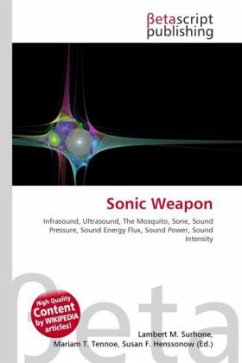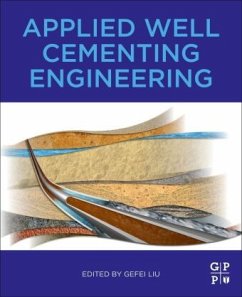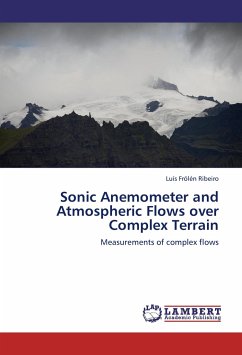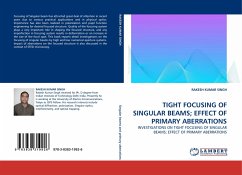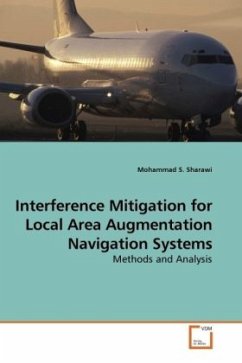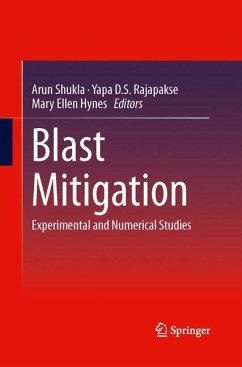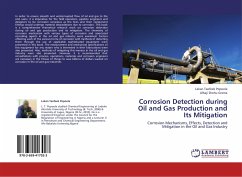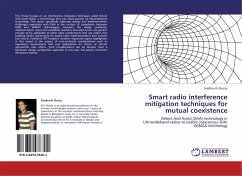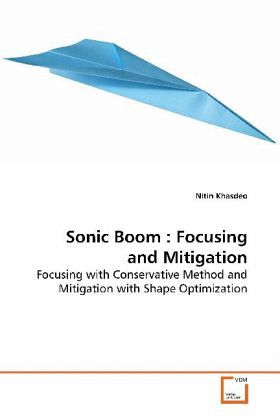
Sonic Boom : Focusing and Mitigation
Focusing with Conservative Method and Mitigation with Shape Optimization
Versandkostenfrei!
Versandfertig in 6-10 Tagen
45,99 €
inkl. MwSt.

PAYBACK Punkte
23 °P sammeln!
Supersonic travel can significantly save time andcost with non stop flight from the USA to countriesin Asia, Europe and Japan. It is understood that thedevelopment of high speed supersonic jets isincreasingly demanded in the commercial and militarysectors. Supersonic travel over land would be areality only if new aircraft''s are designed such thatthey produce quieter ground sonic booms. Designersare compelled to work on CFD modeling and aerodynamicshape optimization so that they can address the boomconstrained imposed by the FAA while not degradingthe aerodynamic performance. The computational...
Supersonic travel can significantly save time and
cost with non stop flight from the USA to countries
in Asia, Europe and Japan. It is understood that the
development of high speed supersonic jets is
increasingly demanded in the commercial and military
sectors. Supersonic travel over land would be a
reality only if new aircraft''s are designed such that
they produce quieter ground sonic booms. Designers
are compelled to work on CFD modeling and aerodynamic
shape optimization so that they can address the boom
constrained imposed by the FAA while not degrading
the aerodynamic performance. The computational tools
that can predict sonic boom focusing effect with much
higher accuracy are in great demand for supersonic
transport aircraft research. Research interests for
the current work is to develop computational methods
to predict sonic boom focusing effects and carry out
the parametric studies. In the current work a shape
optimization study is also carried out for mitigating
the sonic boom ground signature. The book will thus
provide important reading for scientist, research
scholars and students with an interest in supersonic
transport aircraft research, design and development.
cost with non stop flight from the USA to countries
in Asia, Europe and Japan. It is understood that the
development of high speed supersonic jets is
increasingly demanded in the commercial and military
sectors. Supersonic travel over land would be a
reality only if new aircraft''s are designed such that
they produce quieter ground sonic booms. Designers
are compelled to work on CFD modeling and aerodynamic
shape optimization so that they can address the boom
constrained imposed by the FAA while not degrading
the aerodynamic performance. The computational tools
that can predict sonic boom focusing effect with much
higher accuracy are in great demand for supersonic
transport aircraft research. Research interests for
the current work is to develop computational methods
to predict sonic boom focusing effects and carry out
the parametric studies. In the current work a shape
optimization study is also carried out for mitigating
the sonic boom ground signature. The book will thus
provide important reading for scientist, research
scholars and students with an interest in supersonic
transport aircraft research, design and development.




